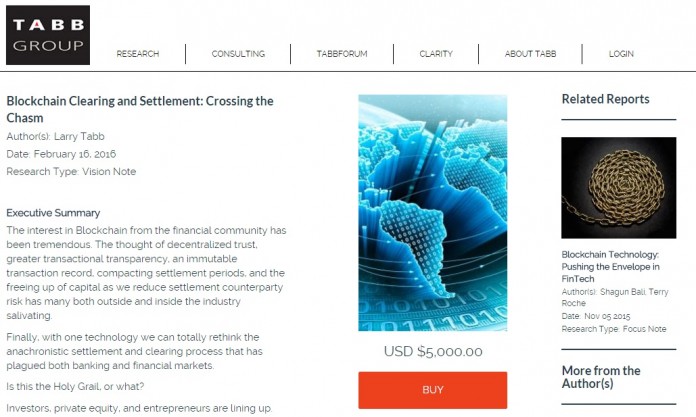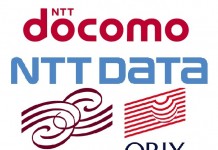TABB Group, a London-based financial markets research firm, has completed a report that highlights challenges for transforming market settlement to blockchain-based systems.
TABB research concurs there are major technological incentives for moving markets to the blockchain, namely decentralizing trust, greater transactional transparency, an immutable record, compacting settlement periods, and the freeing up of capital while reducing settlement counterparty risk.
However, the research firm notes there are significant impediments that exist in re-engineering market systems for blockchain technology.
In TABB Group’s latest research,”Blockchain Clearing and Settlement: Crossing the Chasm,” TABB CEO Larry Tabb explains informational leakage, the operations of securities lending and foreign exchange markets, and what actually occurs in the clearing process today. Tabb highlights the obstacles in these areas that must be addressed before the industry begins restructuring firms’ processing facilities with blockchain technology.
The TABB report illustrates how the challenges for blockchain adoption align by market segment across institutional investors, retail investors, custodians and investment banks, and highlights the need to overcome the practical aspects of ownership, securities lending, foreign exchange, block allocations, the processing of physical securities, fractional ownership, and current clearing, netting and settlement practices, not to mention the modification and rebuilding of firms’ internal technology.
Tabb states:
“While some issues are significant to particular market slices, they may be non-issues for others, and things that may appear easy from the outside, may actually be very challenging. For example, streamlining the allocations process may appear simple from a brokerage or custodian perspective, but problematic for investors; conversely, clearing and netting is a non-issue for investors while challenging for banks and brokers.”
The blockchain has substantial capabilities to automate the processing for many types of securities, but Tabb concludes that in order for the public blockchain to replace the core processing for equities, sovereign debt, or other liquid products, signficant hurdles challenges need to be overcome.








